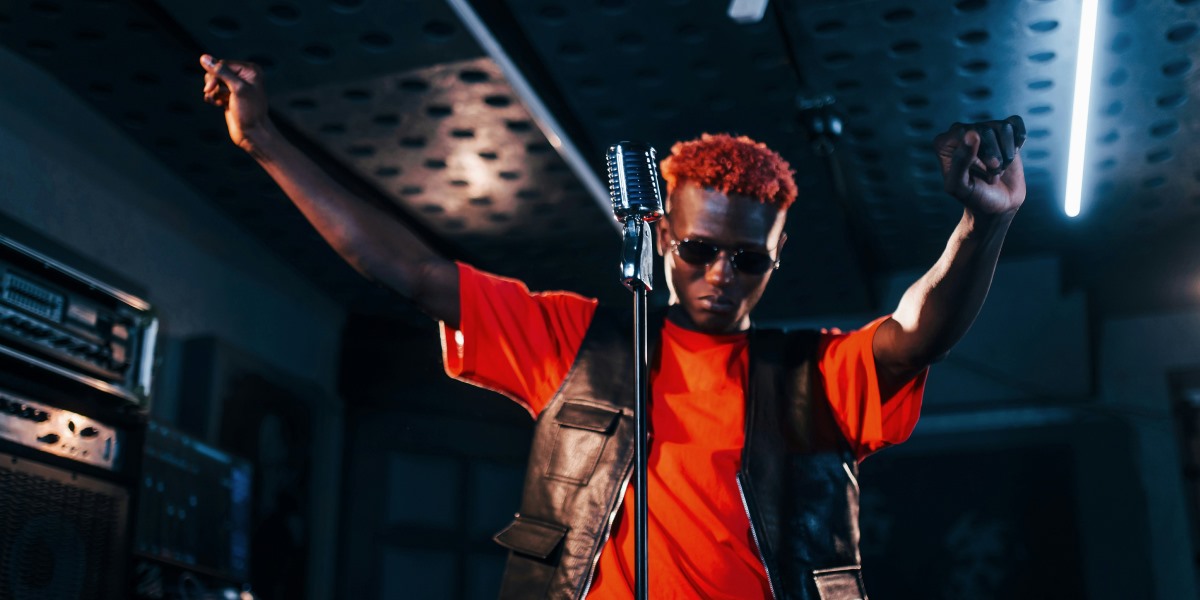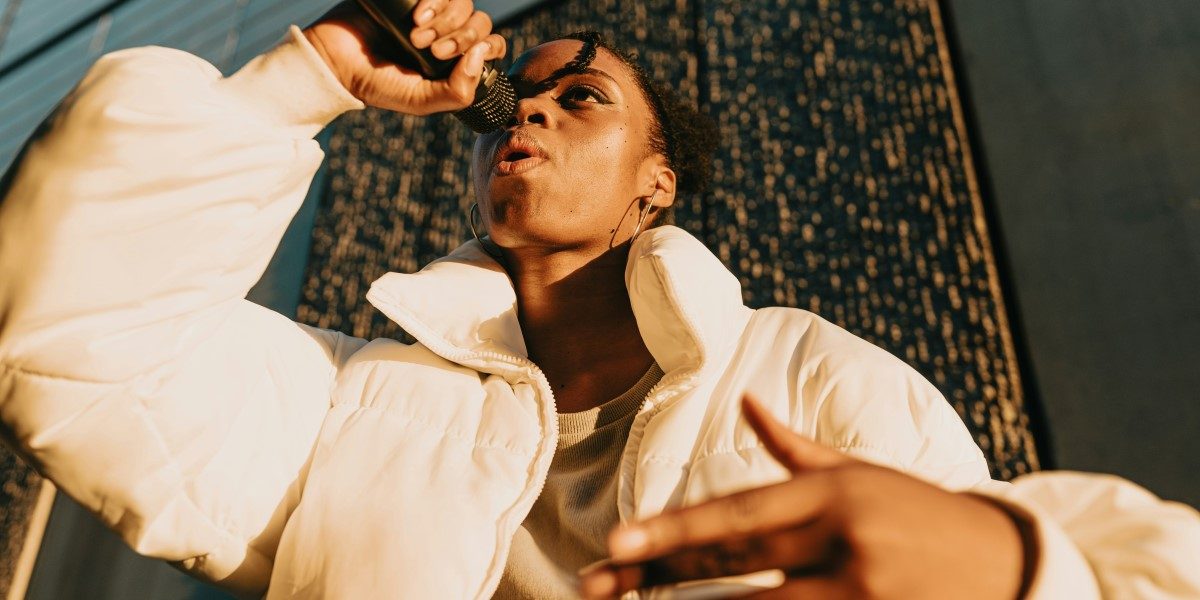What Were the Early Days of Rap Like?
The beginnings of the rap scene were rooted in vibrant community gatherings, often in urban parks and recreation centers, where disc jockeys (DJs) experimented with extending instrumental breaks from funk and soul records. These extended loops provided the rhythmic foundation for MCs (masters of ceremony) to improvise rhymes, call out friends, and energize the crowd. It was a raw, energetic form of expression, deeply connected to its immediate environment and the live experience of communal celebration. Early rap was less about studio polish and more about the immediate impact of sound systems, clever wordplay, and charismatic delivery. The sound was often sparse, relying heavily on sampled drum breaks and basslines, creating a distinctive rhythmic backdrop for the lyrical acrobatics.
This initial phase emphasized live performance, with MCs engaging in competitive rhyming battles that honed their lyrical skills and quick wit. Storytelling was a vital component, reflecting the experiences and observations of the communities where rap was born. The lyrical content often focused on everyday life, social commentary, and declarations of artistic prowess, delivered with a directness that resonated deeply with listeners. The distribution of this early music was largely through word-of-mouth, live recordings, and independently pressed vinyl records, making it a grassroots phenomenon that grew organically from local scenes. It was a time defined by innovation, resourcefulness, and a powerful sense of community, laying the foundational elements that would define rap music for decades to come.
How Did Rap Music Evolve and Diversify?

As rap gained traction, it rapidly evolved from its initial raw sound, entering what many consider its “Golden Age” where diverse styles and lyrical complexities blossomed. This period saw rap artists exploring more intricate rhyme schemes, deeper storytelling, and a broader range of thematic content. The music began to experiment with more sophisticated production techniques, moving beyond simple loops to incorporate richer textures, layered samples, and more varied instrumentation. This diversification of sound allowed artists to carve out distinct identities, leading to a vibrant array of subgenres and artistic approaches within the broader rap landscape.
Simultaneously, the rap scene began to develop distinct regional sounds. Different geographical areas started to foster their own unique styles, characterized by particular beats, lyrical flows, and cultural influences. This meant that the sound coming from one part of the world might be distinct from another, fostering healthy competition and cross-pollination of ideas within the genre. Alongside this artistic growth came increasing commercialization. Rap music moved from independent labels to major record deals, gaining mainstream radio play and extensive music video exposure. This broader reach brought rap to a global audience, making it a significant cultural and economic force. Despite some concerns about commercial pressures impacting artistic authenticity, this era undeniably broadened rap’s appeal and solidified its place as a dominant force in contemporary music, paving the way for its continued expansion and influence.
What Impact Did Technology Have on the Rap Scene?
Technology has played an absolutely transformative role in how the rap scene has changed through time, influencing everything from music production to how artists connect with their audience. Early rap relied heavily on the ingenuity of DJs manipulating turntables, but the advent of sampling technology truly revolutionized production. Samplers allowed producers to lift snippets of existing songs—be it drum beats, basslines, or vocal phrases—and creatively weave them into new compositions. This innovative use of technology enabled producers to create complex, layered soundscapes that defined the distinctive sonic identity of many rap classics, often without needing traditional instruments.
The shift to digital production tools further democratized music creation. With affordable software and home studio equipment, aspiring artists could craft professional-sounding tracks without expensive studio time. This lowered the barrier to entry, allowing a wider range of voices and styles to emerge from diverse backgrounds. Later, the rise of the internet and digital distribution completely reshaped how rap music reached its listeners. Platforms for streaming and digital downloads meant artists no longer solely relied on physical record sales or radio airplay. They could release music directly to fans worldwide, bypassing traditional gatekeepers and fostering independent movements. Furthermore, the explosion of social media provided artists with direct channels to build their fan bases, promote their work, and engage with listeners on a personal level. This direct connection has empowered artists, reshaped marketing strategies, and accelerated the speed at which trends and new sounds can spread globally, fundamentally changing the dynamics of the rap scene.
How Has Rap’s Influence Expanded Globally?
From its community-centric beginnings, rap’s influence has expanded dramatically, transforming into a global cultural phenomenon that transcends geographical boundaries and linguistic barriers. What started as an expressive outlet in specific urban environments evolved to achieve widespread mainstream appeal. This growing acceptance meant rap music regularly topped music charts, influenced fashion trends, and became a prominent feature in advertising and film. Its raw honesty and rhythmic appeal resonated with audiences far beyond its initial fan base, leading to its integration into mainstream pop culture worldwide.
This global expansion also meant that rap adapted and integrated itself into various local contexts. Artists in different countries began to create rap music in their own languages, often blending local musical traditions and cultural narratives with the foundational elements of rap. This led to the emergence of vibrant global subgenres, each reflecting the unique socio-economic and cultural realities of its region while maintaining a clear connection to the broader rap tradition. Beyond just music, rap’s influence seeped into fashion, setting trends that were adopted globally, and impacted language, introducing new slang and expressions into popular vernaculars around the world. This widespread adoption showcased rap’s incredible adaptability and its power to serve as a universal language for storytelling, protest, celebration, and identity, proving its ability to connect with diverse audiences across the globe.
What Are the Current Trends and Future Trajectories of Rap?
The rap scene continues its dynamic evolution, adapting to new technologies, cultural shifts, and the ever-changing landscape of music consumption. In the streaming era, the way music is discovered, distributed, and consumed has profoundly impacted artists’ strategies and revenue streams. Viral hits can emerge from anywhere, propelling independent artists to global recognition overnight, while traditional album cycles have become less rigid. This accessibility of platforms means a constant influx of new talent and a wider range of sounds available to listeners.
Another significant trend is genre blending. Rap music consistently pulls from and influences other genres, blurring lines with pop, electronic, rock, and various global sounds. This fusion creates innovative subgenres and pushes creative boundaries, ensuring the music remains fresh and relevant. The narrative and lyrical content also continue to diversify, moving beyond traditional themes to explore a broader spectrum of personal, social, and political issues with increasing depth and complexity. As technology continues to advance, tools for music creation become even more sophisticated and accessible, hinting at a future where the barriers to entry for aspiring artists are further reduced. The ability for artists to connect directly with their fan bases through social media and other digital platforms will likely continue to strengthen, fostering more independent movements and personalized artistic journeys. The rap scene’s history has been one of constant reinvention, and its future promises continued innovation, reflecting and shaping global culture.
















